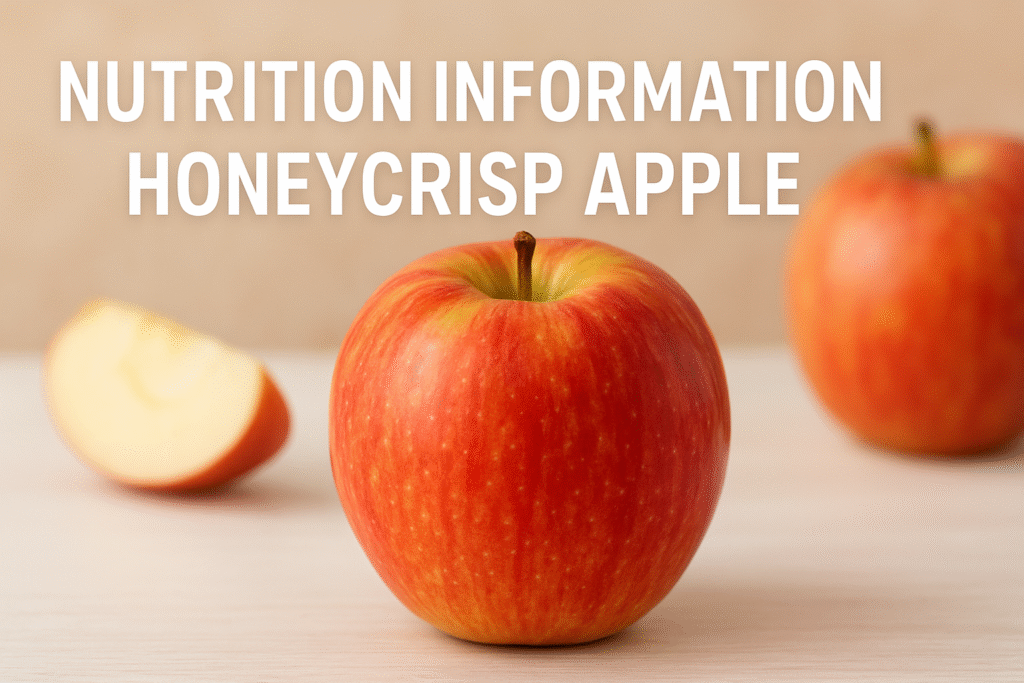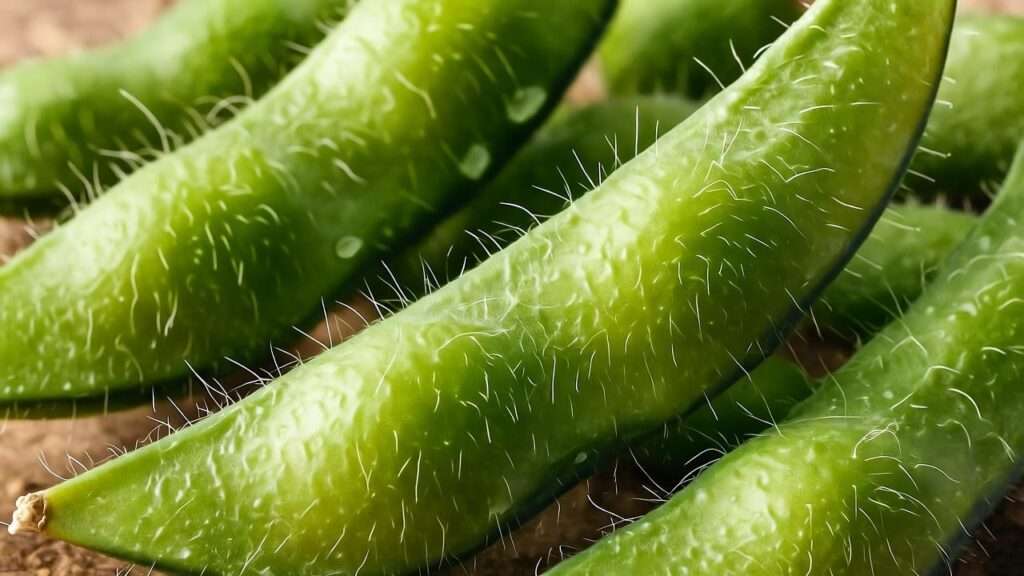Crisp, juicy, and naturally sweet — the Honeycrisp apple isn’t just another fruit in your grocery basket. It’s a powerhouse of vitamins, fiber, and hydration that perfectly fits the modern plant-based lifestyle. If you’ve ever wondered about the nutrition information Honeycrisp apple and how it compares to other varieties, you’re not alone. Health-conscious eaters, plant-based enthusiasts, and fitness lovers alike are turning to this variety for its exceptional balance of flavor and nutrients.
In this comprehensive guide, we’ll dive deep into the Honeycrisp apple’s complete nutritional profile, evidence-backed health benefits, and expert insights on why it deserves a daily place in your diet. Whether you’re managing your weight, improving gut health, or seeking clean plant-based snacks, this apple delivers far more than a satisfying crunch.
Understanding the Nutrition Information of a Honeycrisp Apple
When it comes to fruit nutrition, not all apples are created equal. The Honeycrisp, known for its vibrant flavor and satisfying texture, offers a particularly well-balanced nutrient profile that supports energy, hydration, and wellness. Let’s explore what makes this variety exceptional.
Honeycrisp Apple Nutrition Facts (Per 100g and Per Medium Apple)
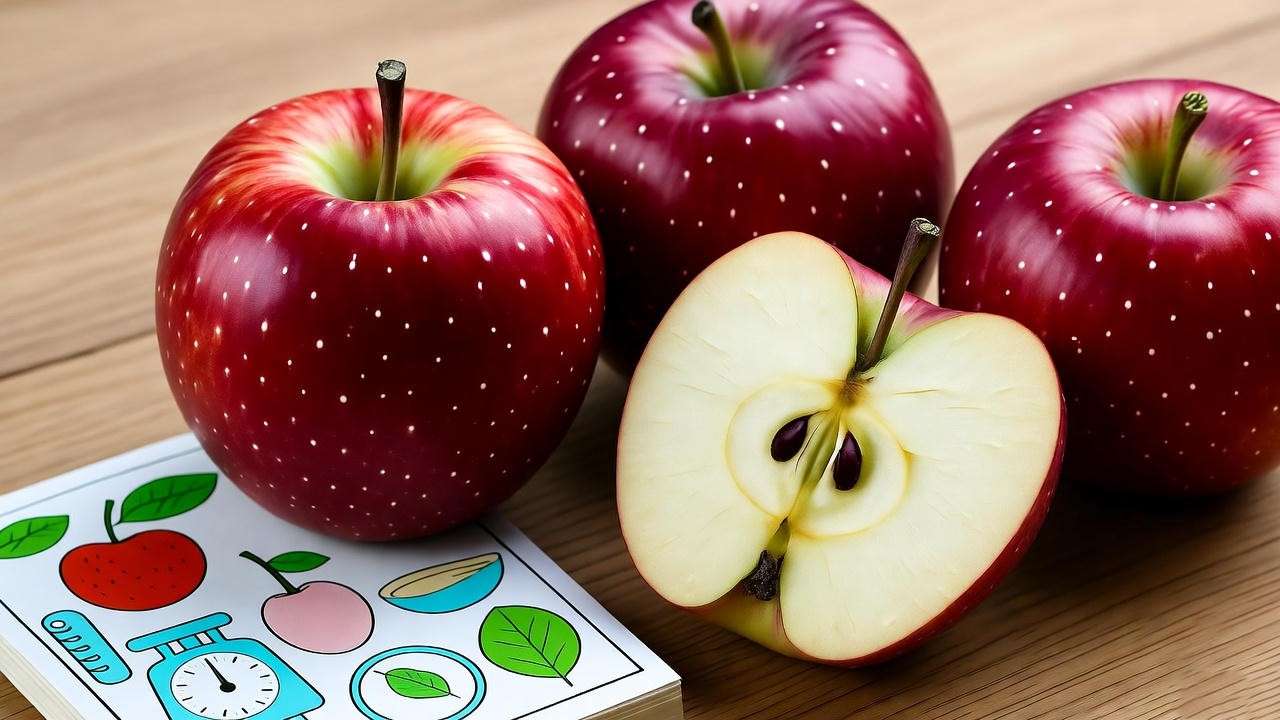
| Nutrient | Per 100g | Per Medium Apple (200g) |
|---|---|---|
| Calories | 57 kcal | 114 kcal |
| Carbohydrates | 14.5 g | 29 g |
| Sugars (Natural) | 12 g | 24 g |
| Dietary Fiber | 2.8 g | 5.6 g |
| Protein | 0.3 g | 0.6 g |
| Fat | 0.2 g | 0.4 g |
| Vitamin C | 8.4 mg (9% DV) | 16.8 mg (18% DV) |
| Potassium | 120 mg | 240 mg |
| Water Content | ~85% | — |
Comparison Insight:
Compared to Gala or Fuji apples, the Honeycrisp contains slightly higher water content and fiber, making it particularly hydrating and digestion-friendly.
Macronutrients in Honeycrisp Apples
Carbohydrates:
Most of the calories in a Honeycrisp apple come from natural carbohydrates, primarily fructose and glucose. These sugars provide a quick, clean energy boost — ideal for pre- or post-workout fuel. Unlike refined sugars, the fiber content in Honeycrisp apples slows absorption, promoting stable blood sugar levels.
Fiber:
Honeycrisp apples are rich in pectin, a type of soluble fiber known for supporting digestive health, reducing LDL cholesterol, and prolonging feelings of fullness. For plant-based eaters, adequate fiber intake is essential for gut microbiome diversity — and this apple delivers.
Protein and Fat:
Though minimal, the trace protein and fat in apples support nutrient absorption when paired with plant-based proteins or healthy fats like almond butter or chia seeds.
Micronutrients That Make a Difference
Vitamin C:
A single Honeycrisp apple provides nearly 20% of your daily vitamin C needs, strengthening the immune system and supporting collagen production for healthy skin and connective tissues.
B-Complex Vitamins:
It contains small but significant amounts of vitamins B1, B6, and folate, essential for energy metabolism and nervous system function.
Potassium:
This mineral helps balance sodium levels, regulate blood pressure, and support muscle recovery — a key advantage for active, plant-based individuals.
Antioxidants:
The Honeycrisp’s polyphenols, quercetin, and catechins help neutralize free radicals and reduce inflammation. Studies show that regular apple consumption can lower the risk of chronic diseases like cardiovascular disorders and type 2 diabetes.
The Health Benefits of Honeycrisp Apples
The Honeycrisp apple’s nutritional makeup makes it much more than a sweet treat. Below are science-backed benefits that make this fruit an essential part of a health-focused, plant-based lifestyle.
Supports Gut Health and Digestion

Thanks to its rich pectin content, the Honeycrisp apple feeds beneficial gut bacteria, acting as a natural prebiotic. These bacteria contribute to better digestion, improved immune function, and even enhanced mood regulation. For those transitioning to a plant-based diet, incorporating apples can ease digestive adjustments and promote gut balance.
A Natural Boost for Immunity and Skin
Vitamin C is one of the most critical antioxidants in the human diet. The Honeycrisp apple’s vitamin C content aids in defending cells against oxidative stress, helping the immune system function at its best. Additionally, vitamin C supports collagen synthesis, improving skin elasticity and reducing premature aging — a natural beauty benefit straight from your fruit bowl.
Helps Manage Weight and Appetite Naturally
High in fiber and water, the Honeycrisp apple promotes a feeling of fullness, reducing unnecessary snacking and aiding weight management. The combination of low calories and high nutrient density aligns perfectly with plant-based diet goals, where whole foods take priority over processed calories.
Studies show that consuming apples before meals can reduce total calorie intake — a practical tip for those aiming to maintain or lose weight while staying nourished.
Heart-Healthy and Cholesterol-Friendly
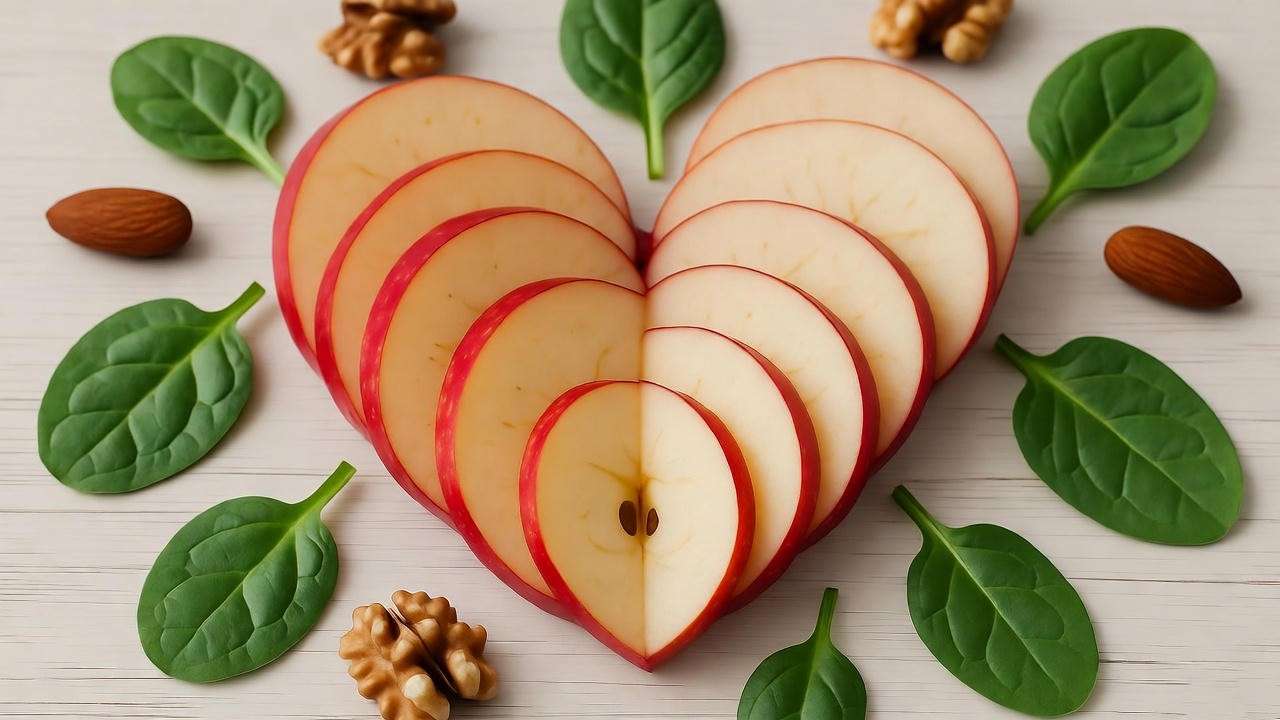
Apples are widely recognized for their heart-protective properties, and the Honeycrisp is no exception. Polyphenols found in the peel and flesh help reduce LDL (bad) cholesterol oxidation, improving cardiovascular health. The potassium content also contributes to maintaining healthy blood pressure, making it a valuable food for long-term heart wellness.
Blood Sugar Balance for Plant-Based Eaters
Although naturally sweet, Honeycrisp apples have a low glycemic index (GI), meaning they release glucose slowly into the bloodstream. This makes them suitable for individuals managing blood sugar levels or living with insulin sensitivity. Pairing them with nut butter, seeds, or oats can further stabilize blood glucose, creating a nutrient-rich, balanced snack.
Why Honeycrisp Apples Are Ideal for a Plant-Based Diet
Transitioning to or maintaining a plant-based lifestyle requires foods that are nutrient-dense, satisfying, and versatile. The Honeycrisp apple fits all three criteria beautifully.
Naturally Vegan, Whole, and Nutrient-Dense
Honeycrisp apples are the definition of clean eating. They require no processing, additives, or animal products — making them a staple for vegan and plant-based eaters seeking whole-food nutrition. With antioxidants, fiber, and hydration in one bite, they perfectly complement plant-based protein sources and whole grains.
Perfect Pre- or Post-Workout Snack
For active individuals on a plant diet, Honeycrisp apples offer an ideal carb-to-water ratio for energy replenishment and recovery. The natural sugars provide quick fuel, while potassium helps replenish electrolytes lost during exercise. Pairing the apple with peanut butter or a handful of almonds turns it into a balanced mini-meal for muscle recovery.
Sustainable and Seasonal Eating

Choosing Honeycrisp apples supports local and seasonal eating — an important value in sustainable plant-based living. In many regions, these apples are harvested in early fall, reducing the need for long-distance shipping and minimizing carbon footprint. Supporting local apple growers also promotes biodiversity and responsible farming practices.
How to Add Honeycrisp Apples to Your Daily Routine
Incorporating Honeycrisp apples into your plant-based lifestyle is effortless, delicious, and endlessly versatile. Whether you prefer eating them raw, blending them into smoothies, or baking them into wholesome desserts, this fruit fits seamlessly into nearly any meal or snack time.
Easy Snack and Meal Ideas
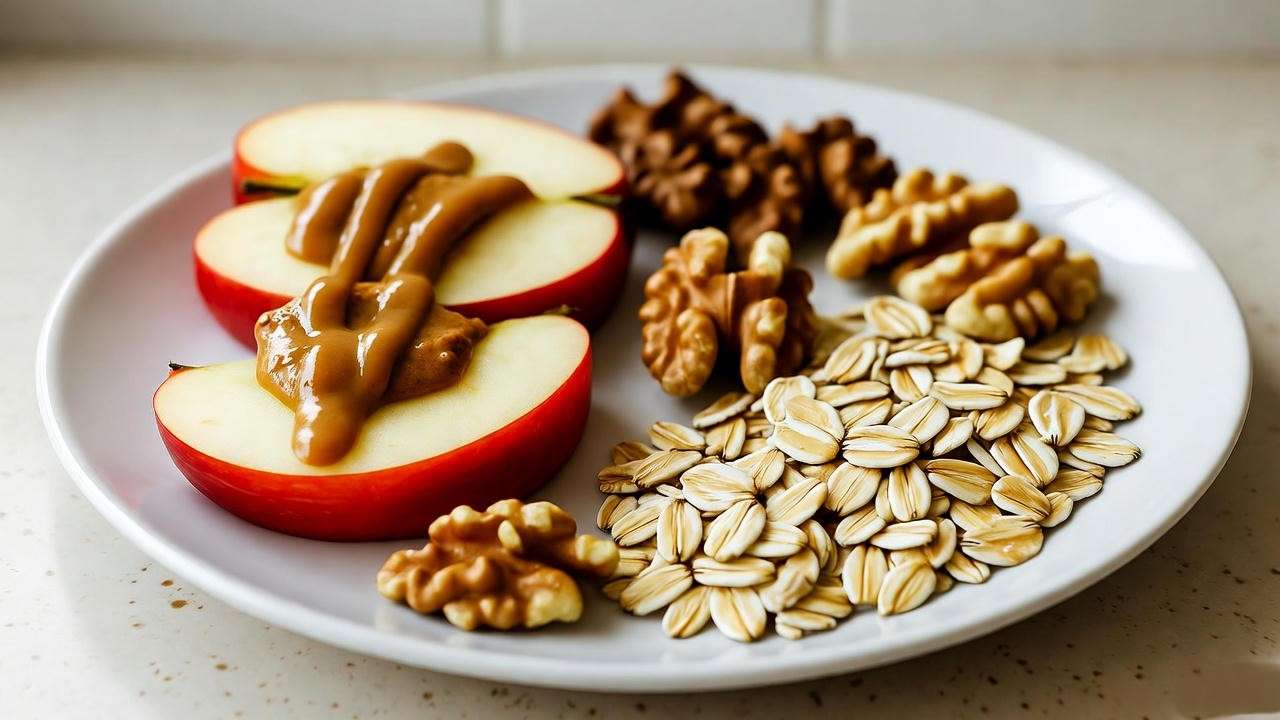
1. Quick Snacks:
-
Apple slices with almond or peanut butter — a satisfying combo of natural sugars, fiber, and healthy fats.
-
Honeycrisp and walnut salad: Toss sliced apples with spinach, walnuts, and a drizzle of balsamic glaze.
-
On-the-go snack: Simply wash, slice, and pack for a naturally sweet, hydrating energy boost.
2. Breakfast Inspiration:
-
Overnight oats with Honeycrisp apple chunks for natural sweetness and crunch.
-
Apple-cinnamon smoothie: Blend with oat milk, flaxseed, and cinnamon for a nutrient-packed morning drink.
-
Plant-based pancakes: Add grated Honeycrisp apples to the batter for extra fiber and flavor.
3. Lunch and Dinner Additions:
-
Add thin slices to a vegan sandwich or wrap for a sweet-salty contrast.
-
Mix diced Honeycrisp apples into quinoa or lentil salads for texture and freshness.
-
Use as a topping on plant-based pizza with caramelized onions and vegan cheese.
4. Guilt-Free Desserts:
-
Bake Honeycrisp apple halves with cinnamon, nutmeg, and a drizzle of maple syrup.
-
Make an apple crisp using oats, coconut oil, and pecans for a dairy-free dessert.
Cooking and Baking with Honeycrisp Apples
Honeycrisp apples hold their structure exceptionally well when cooked, making them ideal for baking and sautéing. Unlike softer varieties, they maintain a pleasant firmness that enhances the texture of both savory and sweet dishes.
Nutrient tip: To retain the maximum nutritional value, avoid peeling — much of the fiber, antioxidants, and polyphenols reside in the skin. Lightly steaming or baking preserves most of the vitamin C content compared to frying or microwaving.
Apple Storage and Freshness Tips
Proper storage ensures you enjoy your Honeycrisp apples at their peak nutritional value.
-
Refrigeration: Store in the crisper drawer at 32–35°F to retain crunch and moisture.
-
Avoid Ethylene Producers: Keep them away from bananas or avocados to prevent premature ripening.
-
Inspect regularly: A soft spot or wrinkled skin indicates dehydration or spoilage — consume those first.
For long-term storage, slice and freeze apples with a squeeze of lemon juice to prevent browning.
Expert Insights: What Nutritionists Say About Honeycrisp Apples

Registered dietitians consistently praise apples — especially Honeycrisp — as a nutrient-dense, low-calorie fruit suitable for all dietary lifestyles.
“Honeycrisp apples provide a powerful combination of hydration, fiber, and natural sugars, making them an ideal snack for energy and gut health,” says Dr. Maya Torres, Plant-Based Nutrition Specialist.
“Their pectin content not only supports digestion but also feeds beneficial gut bacteria — a cornerstone of optimal health.”
Scientific evidence reinforces this view. A 2020 study published in the Journal of Nutritional Science found that daily apple consumption improved cholesterol levels, reduced inflammation markers, and enhanced antioxidant status in participants following a plant-based diet.
Nutrition experts also highlight the skin of the Honeycrisp apple as a key nutritional asset — rich in flavonoids that protect against oxidative stress and cellular aging.
Common Myths About Honeycrisp Apple Nutrition
Despite its popularity, misinformation about apple nutrition still circulates. Let’s clear up some common myths:
Myth 1: Apples are high in sugar and bad for blood sugar control.
✅ Fact: The natural sugars in Honeycrisp apples are balanced by fiber, which slows absorption and stabilizes blood glucose levels. When eaten with protein or fat, the glycemic response is even lower.
Myth 2: All apple varieties have the same nutrition.
✅ Fact: Honeycrisp apples offer higher water content and more consistent fiber levels than many other varieties, making them superior for hydration and digestion.
Myth 3: Apple skin isn’t necessary.
✅ Fact: The majority of antioxidants, polyphenols, and insoluble fiber are in the skin. Eating the peel significantly increases overall nutrient intake.
FAQs About Honeycrisp Apple Nutrition
Q1: Are Honeycrisp apples good for diabetics?
Yes. Their low glycemic index and high fiber content help regulate blood sugar levels, especially when consumed with protein or fat sources.
Q2: Do Honeycrisp apples have more sugar than other apples?
They contain moderate natural sugar (about 12 g per 100 g), comparable to most apple varieties, but their higher water content reduces overall sugar concentration per bite.
Q3: How many calories are in one large Honeycrisp apple?
A large Honeycrisp (around 250 g) contains approximately 125–130 calories, primarily from natural carbohydrates.
Q4: Are Honeycrisp apples good for weight loss?
Absolutely. The combination of fiber, water, and low calorie density makes them an ideal snack for managing hunger and supporting sustainable weight loss.
Q5: Can you eat the skin of a Honeycrisp apple?
Yes, and you should! The skin contains the bulk of the fiber and antioxidants. Just wash thoroughly to remove any surface residues.
Final Thoughts — The Honeycrisp Advantage for Plant Diet Enthusiasts
The Honeycrisp apple is far more than a sweet seasonal treat. It’s a functional food — rich in vitamins, minerals, antioxidants, and dietary fiber — that supports everything from digestion and heart health to skin vitality and energy levels.
For plant-based eaters, it embodies the principles of whole-food, minimally processed nutrition: clean, hydrating, satisfying, and deeply nourishing. With its crisp texture and balanced flavor, the Honeycrisp apple seamlessly integrates into smoothies, salads, breakfasts, and snacks — making healthy eating both enjoyable and sustainable.
If you’re striving for more nutrient diversity, improved gut health, or simply a more vibrant approach to plant-based eating, the Honeycrisp apple is a perfect place to start.

